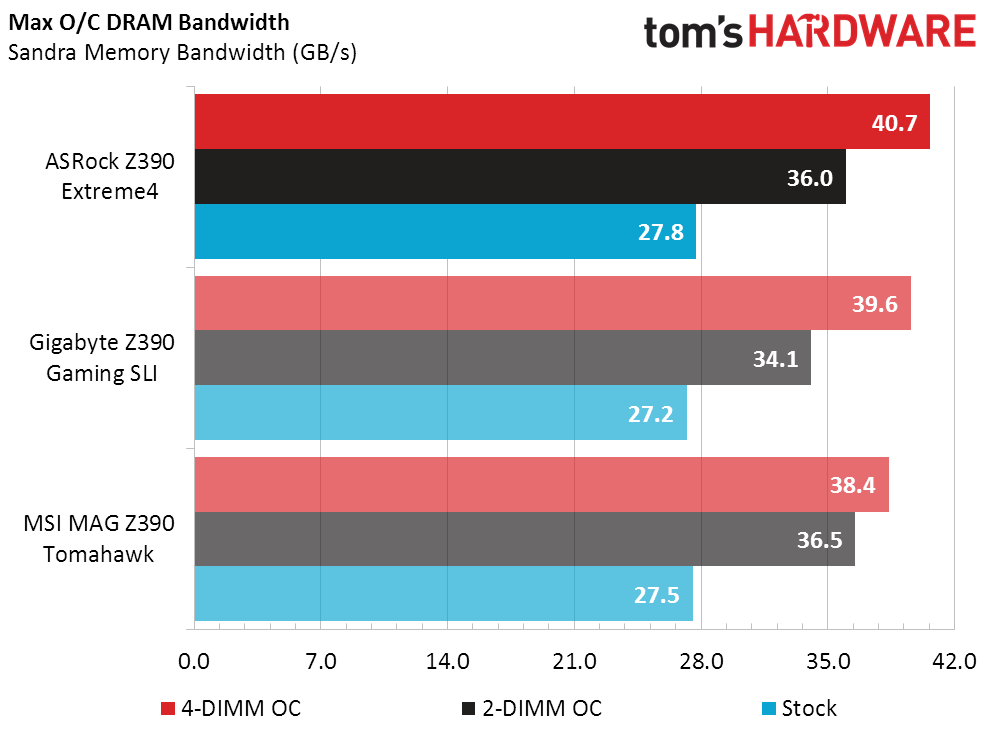Z390 on the Cheap: Overclocking a Core i5 With Three Budget Boards
Why you can trust Tom's Hardware
Overclocking Comparison
Frequency and voltage ranges for each of the three competing boards remain the same for the Core i5-9600K as they were on the Core i9-9900K of previous reviews, but the smaller CPU with fewer cores overclocks differently, and part of that difference is that the lack of Intel Hyperthreading Technology reduces stress on the cores. We wanted to see if we could get higher overclocks due to that reduced stress while running the same core voltage (1.30V), though the reduced heat output means that we could have stepped things up a bit instead: We recommend no more than 1.35V at full load to increase the likelihood of CPU longevity.
Frequency and Voltage Settings
| Row 0 - Cell 0 | ASRock Z390 Extreme4 | Gigabyte Z390 Gaming SLI | MSI MAG Z390 Tomahawk |
| BIOS | P2.30 (12/25/2018) | F7 (03/14/2019) | 1.40 (02/21/2019) |
| Base Clock | 100-500 MHz (100 kHz) | 80-500 MHz (10 kHz) | 98-538 MHz (10 kHz) |
| CPU Multiplier | 8x-120x (1x) | 8x-127x (1x) | 8x-120x (1x) |
| DRAM Data Rates | 800-8400 (100/133.3 MHz) | 800-8166 (100/133.3 MHz) | 800-6000 (100/133.3 MHz) |
| CPU Vcore | 0.90-1.52V (5 mV) | 1.10-1.80V (5 mV) | 0.60-1.52V (5mV) |
| System Agent | 0.95-1.35V (10 mV) | 0.80-1.50 V (10 mV) | 0.60-2.00V (10mV) |
| CPU I/O | 0.85-1.35V (5 mV) | 0.80-1.50 V (10 mV) | 0.60-2.00V (10mV) |
| PCH Voltage | 0.90-1.30V (10 mV) | 0.80-1.30 V (20 mV) | 0.60-2.00V (10mV) |
| DRAM Voltage | 1.10-1.80V (5 mV) | 1.00-2.00 V (10 mV) | 0.60-2.20V (10mV) |
| CAS Latency | 4-31 Cycles | 5-31 Cycles | 4-31 Cycles |
| tRCD | 8-63 Cycles | 1-63 Cycles | 4-63 Cycles |
| tRP | 8-63 Cycles | 1-63 Cycles | 4-63 Cycles |
| tRAS | 28-63 Cycles | 1-127 Cycles | 28-63 Cycles |
When overclocking, more voltage means a stronger signal that can support higher frequencies, but it also generates more heat that can lead to less stability, long-term damage, or thermal throttling. For the competitive overclocker, this leads to a constant effort to find a better way to keep things cool. In addition to our below performance test kit, we placed a RDM1225S fan from Swiftech over the voltage regulator of each configuration during our overclocking evaluation.
| Case | Haf XB EVO |
| Cooler | Fractal Design Celsius S24 |
| CPU | I5-9600K |
| RAM | Predator DDR4 RGB |
Another phenomenon is that CPU core voltage drops when encountering an extremely difficult software load. Heat again is a factor, as hotter transistors leak more current, which in turn causes more heat and reduces voltage for the entire circuit. Overclockers call this “vdroop”, and overclockable motherboards usually have a setting called Load Line Calibration (or some variation thereof) to boost core voltage back to the desired level. (Note that many sites refer to Vdroop as a design feature that’s added to reduce overshoot upon the release of that load, but we’re treating it as being intentionally uncompensated at default CPU settings for the same reason.)
Overclocking The 9600K on ASRock’s Z390 Extreme4
We were initially surprised to see the Z390 Extreme4 selling continuously for 22% below MSRP, but then even more surprised when it couldn’t run our Core i9-9900K at its full 4.70 GHz Intel Turbo Boost frequency for more than a few seconds. Initially priced appropriately to its feature set, ASRock’s price reductions positioned it perfectly within the Core i5-9600K’s target market.
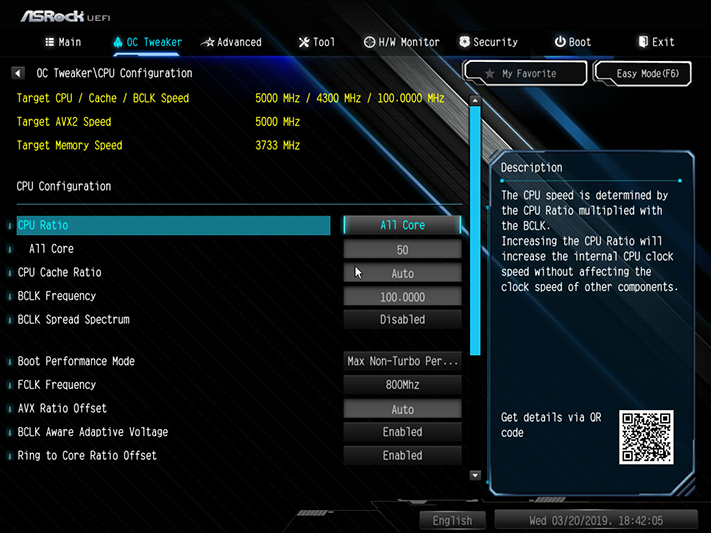

The 9600K’s reduced core count allowed the Z390 Extreme4 to push it beyond 5.0 GHz to 5.05 GHz without overstressing the board’s voltage regulator, as it held a 1.30V CPU core under full load via its “Level 1” Load-Line Calibration setting. On the same voltage menu, its 1.335V memory setting produced a meter-verified 1.353V, so we stopped there.
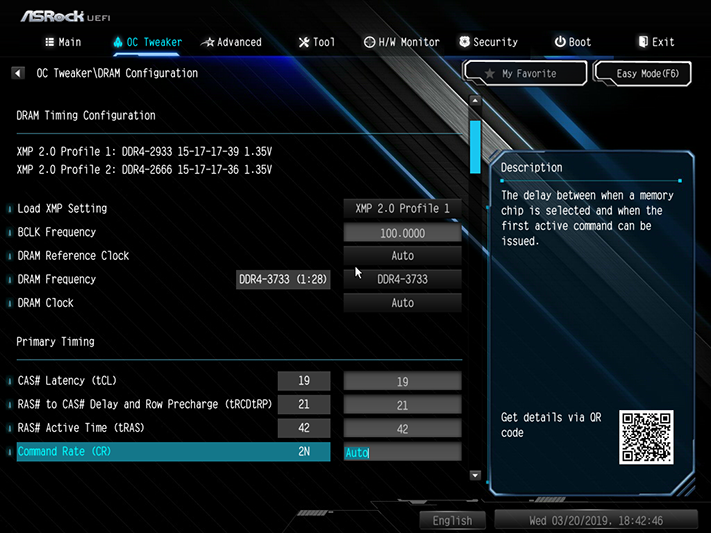

The Z390 Extreme4 still pushed our HyperX Predator RGB DDR4-2933 four-DIMM kit to a respectable DDR4-3733 at CAS 19-21-21-42.
Overclocking The 9600K on Gigabyte’s Z390 Gaming SLI
Gigabyte’s entry was the only sub-$160 motherboard we’d tested to fully support our Core i9-9900K at its standard 4.7 GHz all-core Turbo Boost ratio, and this sample even went on to push that same CPU to 4.90 GHz at 1.30V. But being the best-in-class to cope with our high-draw CPU didn’t mean it would necessarily have the finesse to beat weaker boards when paired with the thriftier 9600K.
Get Tom's Hardware's best news and in-depth reviews, straight to your inbox.
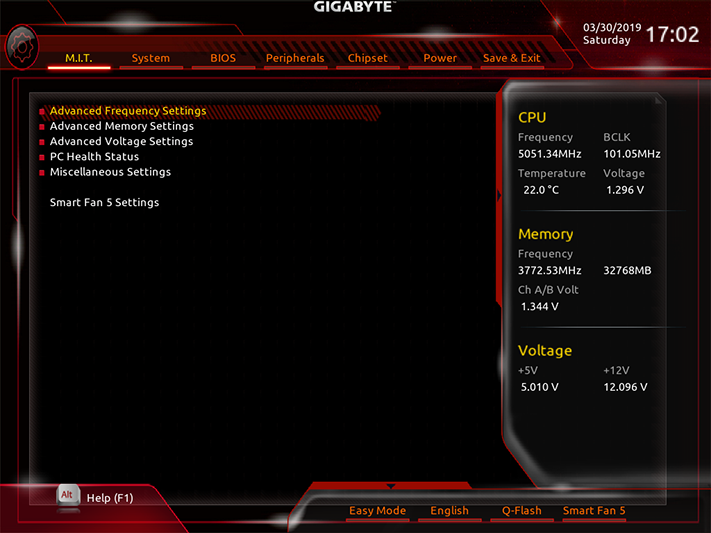
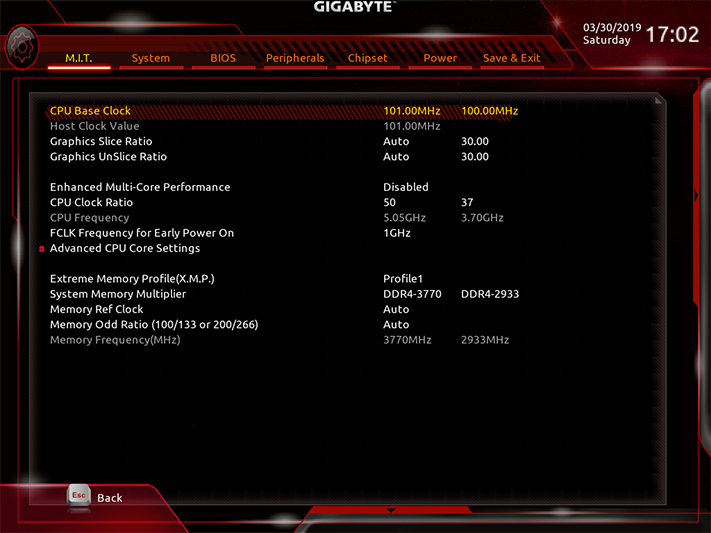
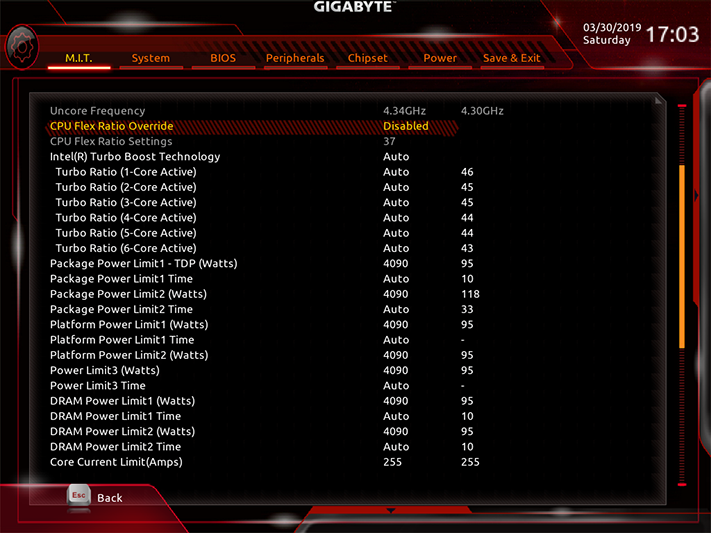
The Z390 Gaming SLI’s 5.05 GHz final clock for our Core i5-9600K is merely a match for the competing ASRock results. Gigabyte’s “Turbo” mode CPU Vcore Loadline Calibration also has less voltage over-boost when paired with the lower-power 9600K, allowing use to use its 1.285V CPU core to reach 1.300V under load, compared to our previous 1.270V on the 9900K.
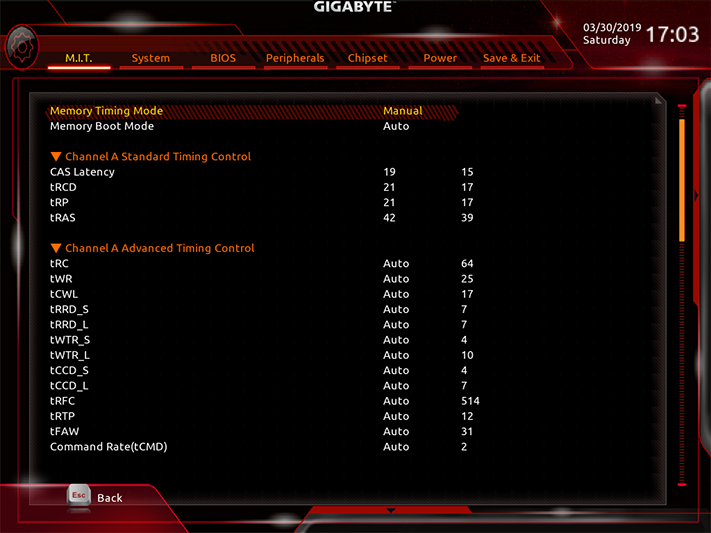
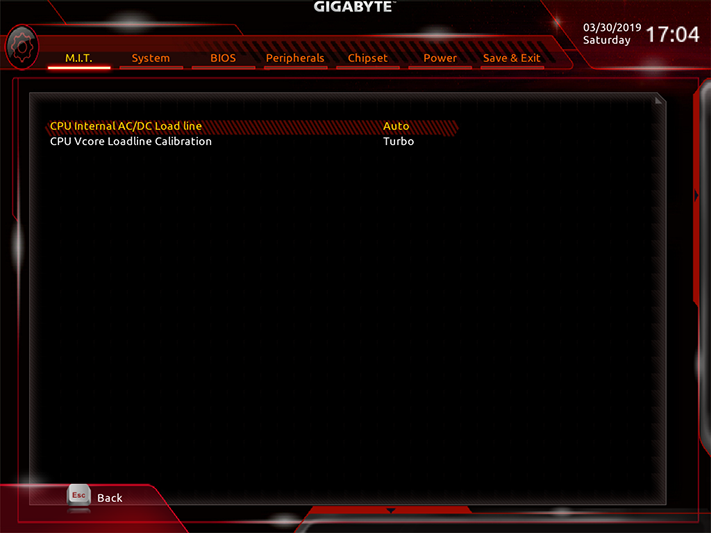

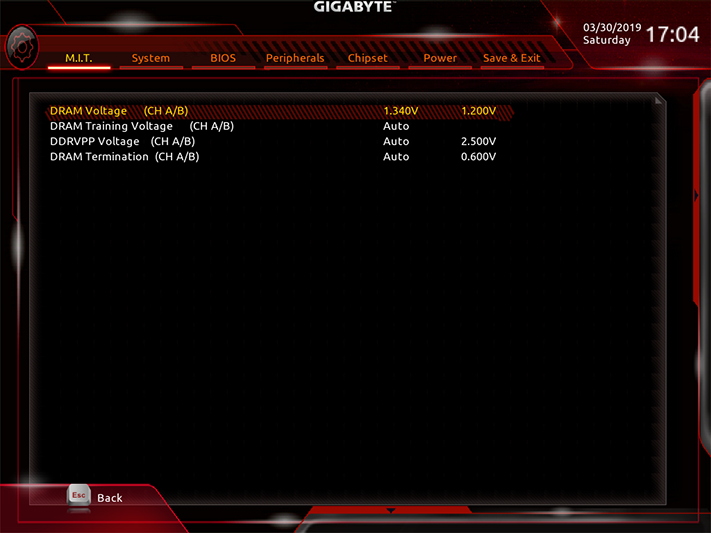
With only 10mV steps in for its DIMM voltage and a 5-6mV gain, we had to pick 1.340V to keep the board from reaching our 1.355V test ceiling. It still pushed our set of four DDR4-2933 DIMMs past DDR4-3733 once we relaxed its primary timings to 19-21-21-42.
Overclocking The 9600K on MSI’s MAG Z390 Tomahawk
In our original MAG Z390 Tomahawk review, we had to reduce our Core i9-9900K’s core voltage to 1.20V simply to keep the motherboard’s voltage regulator cool enough to run that processor’s stock 4.70 GHz Intel Turbo Boost frequency. Stepping down to the 9600K lightens the load significantly, allowing it to easily support an overclock to 5.0 GHz. Getting our CPU to the desired 1.30V under full load was possible in two ways, either by setting 1.30V core on the main OC menu and Mode 5 CPU Loadline Calibration with its DigitALL Power submenu, or by setting 1.285V core and Moder 4 Loadline Calibration. The later setting held closer to 1.30V when the board got hot.

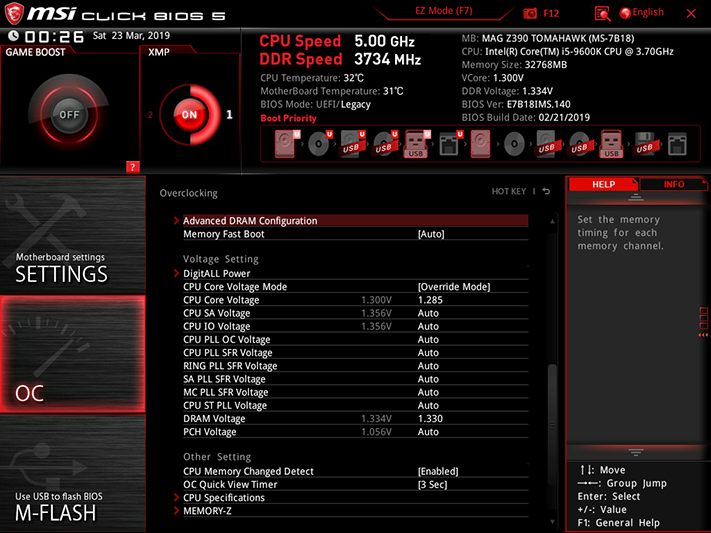

The MAG Z390 Tomahawk has only 10mV steps for its DRAM adjustment, and the 1.330V setting produced a measured 1.346V at the DIMM slots. That’s what we had to use, since the next higher setting broke past our 1.355V test ceiling. Despite this, the board pushed our DDR4-2933 samples past DDR4-3733 with all four DIMMs installed.
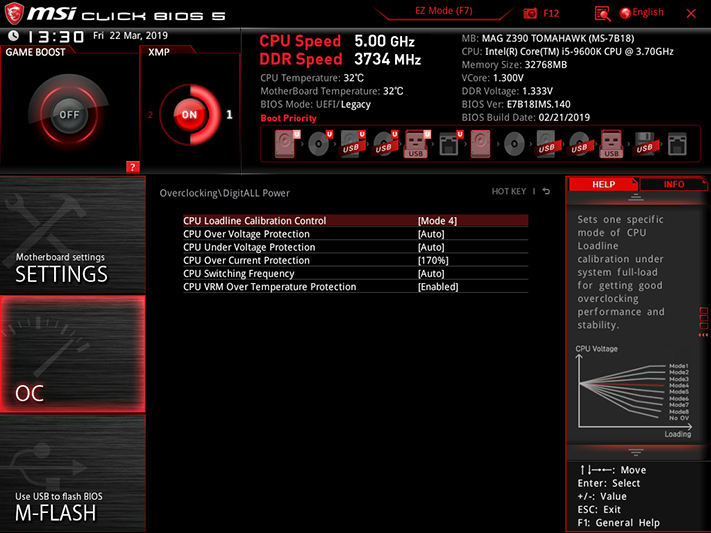

One thing we found important not to do was to disable “CPU VRM Over Temperature Protection”. We would need higher than stock CPU current to complete our round of Prime95 testing though, so we used the board’s maximum-allowed CPU Over Current Protection from the DigitALL submenu, along with the highest Long Duration Power, Short Duration Power, and CPU Current limits from the CPU Features submenu.
Results
While the Z390 Extreme4 and Z390 Gaming SLI tied for first place in Core i5-9600K overclocking, the ASRock sample reached a higher two-DIMM memory overclock and the Gigabyte sample pushed the complete four-DIMM kit farther. Meanwhile, the Z390 Tomahawk couldn’t get our CPU past 5GHz, but it matched the Gigabyte board’s high four-DIMM overclock and exceeded the ASRock model’s high two-DIMM overclock. We’d go so far as to call the Z390 Tomahawk’s two-DIMM overclock stellar, but we’re sure that most overclockers are prioritizing the CPU.
Clock-for-clock CPU performance doesn’t change between boards, so we took a closer look at DRAM performance. The Z390 Extreme4 produced the highest memory performance despite its last-place four-DIMM data rate, and probably because of the thing that caused its last-place data rate: Tighter advanced timings provide more performance but less overclocking headroom.
Overclocking Winner: Tie
| Gigabyte Z390 Gaming SLI | Z390 Gaming SLI |
| ASRock Z390 Extreme4 | Z390 Extreme4 |
| MSI MAG Z390 Tomahawk | MAG Z390 Tomahawk |
While we’d love to give Gigabyte the award for supporting the Core i9-9900K, it’s only a talking point rather than a consideration in an article that focuses on less-expensive processors. MSI had the best two-DIMM data rate, but while most buyers in this market will only use a two-DIMM kit, the Z390 Tomahawk was outmatched in CPU overclocking. ASRock’s ability to reach the highest four-DIMM memory bandwidth is similarly unconvincing since so much of the lower-priced system segment is filled with two-DIMM kits.
MORE: Best Motherboards
MORE: How To Choose A Motherboard
MORE: All Motherboard Content
Current page: Overclocking Comparison
Prev Page Features Comparison Next Page Performance Comparison-
g-unit1111 I'm not surprised at all that the Tomahawk lagged. I've always been impressed with Asrock's boards and I would definitely buy the Z390 Extreme if I were doing an Intel build.Reply -
Gurg I have an even less expensive ($119) MSI Z390 Gaming Plus with my overclocked 9600k (oc to 5.05 all cores) cooled by a Corsair H115i Pro paired with 1080ti. RAM is 16gb of Gskill 3600. The only issue I've had was that my second M.2 a Samsung 970 Evo used for storage runs a little bit slower than it should. My boot drive Hyper X M.2 runs at full speed. FireStrike Extreme 12708/Gr 13767/Ph 15954. Time Spy 9159/ Gr 9791/CPU 6707.Reply -
Crashman Reply
I take other people's overclocking results with a grain of salt, because I rarely see anyone as strict about load testing as Tom's Hardware. Prime95 small FFTs is harsher than the loads most other sites use for this type of testing.Gurg said:I have an even less expensive ($119) MSI Z390 Gaming Plus with my overclocked 9600k (oc to 5.05 all cores) cooled by a Corsair H115i Pro paired with 1080ti. RAM is 16gb of Gskill 3600. The only issue I've had was that my second M.2 a Samsung 970 Evo used for storage runs a little bit slower than it should. My boot drive Hyper X M.2 runs at full speed. FireStrike Extreme 12708/Gr 13767/Ph 15954. Time Spy 9159/ Gr 9791/CPU 6707.
On the other hand, your response seems credible being that the difference isn't large, and that we didn't use the maximum voltage that the processor could have tolerated (thermally).

